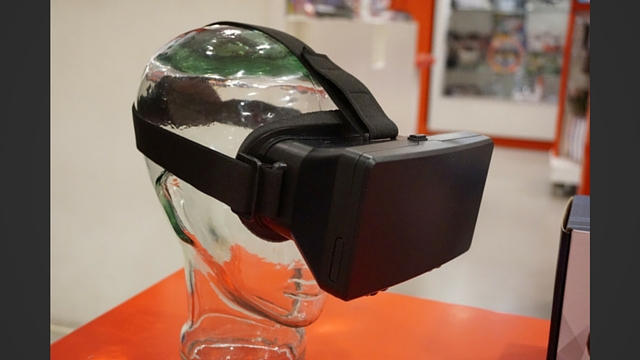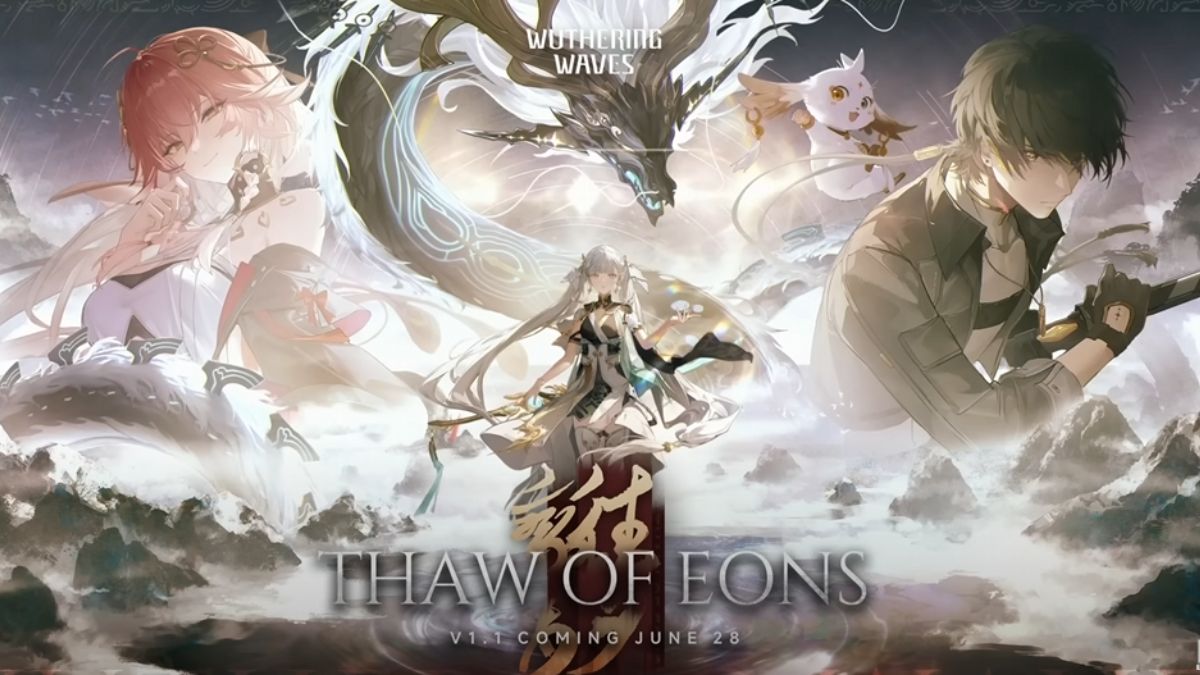Without a doubt, virtual reality rocked the world of gaming during E3 2016. The media has already dubbed 2016 as ‘the year of VR’. When future VR gamers look back for VR’s first major spark, they’ll be looking at the week of E3 this year.
What will our VR gaming (VRG) future look like? Will we have holodecks? Surrogate robots? The Matrix? Maybe all those, none of those, or something that hasn’t been thought of yet. But perhaps that’s too far into the future to look. Let’s bring the questions closer to the here and now.
How will the recent VRG explosion change our beloved video games in the foreseeable future? What will the video game industry have to do to solidify VRG’s reality now and in the next few years? A look at some of the media coverage so far may help us see the bigger picture, and maybe answer some of these questions.
Preparation
Over a few weeks prior to E3, news reports and rumors targeted what was to be expected from the three main VRG players – HTC Vive, Oculus Rift, and Playstation VR. But there were also many reports that dealt with VRG overall that were just as important.
News that Amazon’s Lumberyard graphics engine would soon be updated to Beta 1.3 was published in early June. In addition to general improvements, the Beta 1.3 update “includes support for VR game development and new VR devices.” The update contains unique assets and features to specifically support the Oculus Rift and HTC Vive, and will allow customers to build their own support for “any VR devices they want.”
The Indian Express reported about an official partnership between Lenovo and computer chip maker Movidius. Lenovo will begin installing the Movidius Myriad 2 Visual Processing Unit into some of their products to provide “advanced vision processing technology to a variety of VR-centric Lenovo products.” The Myriad 2 chip is specifically designed to handle the visual requirements of VRG. According to Movidius CEO Remi El-Ouazzane:
“In selecting Myriad 2 for their VR products, Lenovo is building devices designed from the ground-up for VR. We’re very much looking forward to these no-compromise devices that will push VR adoption into the mainstream.”
A Gamasutra newsbrief reported on the creation of a new VRG development company, CloudGate Studio. The studio was created by Jeremy Chapman and Steve Bowler, creators of The Brookhaven Experiment VR survival horror video game for the HTC Vive. Mike Fischer, formerly affiliated with Square Enix and Epic Games, is the new studio’s third leader. CloudGate Studio is already working on their first VRG, Island 359, “a dinosaur-hunting adventure set to launch on the HTC Vive via Steam Early Access this summer.”
So, to sum up those articles, we have a four-month-old graphics engine quickly adapting to VRG, a major tech products maker partnering with a VR computer chip maker, and a brand new video game studio focused on VR. These are prime examples of what needed to happen throughout the video game industry – software, hardware, and development – in order to be prepared for the VRG boom that has arrived. Many other news items like these happened in the weeks before E3, and I think the fact that much of the needed preparation did happen lent to the success VRG had during E3.
Execution
The quality preparation that went into creating and showcasing VRG during E3 was obvious during the entire convention. Thousands of VRG products were announced and displayed by such notable video game companies as Microsoft (Project Scorpio), Sony (Resident Evil 7: Biohazard), Bethesda (Fallout 4 VR), and Ubisoft (Star Trek: Bridge Crew).
Surrounding a multitude of video game presentations and VRG demos were the gadgets we use, and will be using, to play them. In regards to VRG, headsets were obviously center stage, but there were plenty other gadgets that showed some companies had been planning for VRG for a long time.
One of the most impressive VRG executions I saw was the Alienware VR backpack PC. It’s an Alienware computer worn on your back that will allow you to experience VR play with freedom of movement, without being tethered by a VRG headset to a weighty desktop computer. Amazing! Unfortunately, it’s only a proof-of-concept device, and may not ever be produced.
Another announcement that caught my attention came from high-performance gaming hardware manufacturer Razer. They revealed the HDK2 Open Source Head-mounted Display for OSVR. As one of the top gaming hardware makers, it seems only natural to see them with a VRG product. But it’s the OSVR that I really noticed, which stands for Open Source Virtual Reality.
Razer’s OSVR is an initiative “to create a universal open source VR ecosystem for technologies across different brands and companies.” In fact, Razer is so serious about OSVR that they recently established the OSVR Developer Fund, and dropped $5 million dollars into it.
Razer’s OSVR lead Christopher Mitchell said:
“The OSVR Developer Fund allows us to directly support the efforts of VR pioneers across the breadth of this developing industry, while at the same time ensuring that content is available to everyone in the industry. It is our contention that if everyone who is constructively contributing to the VR ecosystem succeeds, then VR will succeed. Closed doors in the world of development are a death sentence.”
These two examples greatly indicate where the whole VRG scene is currently. For one, major companies are thinking about products that will support VRG in its current state. And they are also thinking about what products are going to push the boundaries of what VRG is, along with how, and in which direction(s), it can be made to grow.
Secondly, new initiatives are being considered and funded that will help insure VRG grows unimpeded. These people seem to have been paying close attention to the many errors currently existing within the video game industry, and are working to see those problems do not carry over into the new VRG realm. The power of this aspect should not be underestimated in any way.
Examination
So, what’s next for VRG? If its E3 performance is any indication, it has built a solid base of operations, and the sky’s the limit. But there is a lot of open area in between, and we’ve seen many rising tech bubbles burst there already.
A recent article reported that ‘about a third’ of Valve is now working on VR/AR. I think we’re going to see more AAA video game developers launch VRG divisions in their houses, along with more new companies focused entirely on VRG, such as CloudGate Studios. Some are going to make it long-term, some won’t. But this growth throughout the industry is required to see if this VRG gig is going to stick.
Geek.com recently published an article that asked a question I’m most definitely interested in knowing the answer to: How will YouTubers handle VR? In recent years, live streaming video games on YouTube and Twitch has become a hugely popular and profitable business. However, VRG is currently geared to people who play video games, not to those who watch video games being played, or to those who make their living playing video games for an audience. There is a host of commercial and technical problems that must be dealt with if VRG is going to tap into the video game streamer demographic.
As this new video game genre grows physically, there must be no end of discussion about the how and why of it. Specular Theory is one company that has initiated this with their YouTube series discussing their technical and storytelling philosophy.
In an [a]listdaily article, Specular Theory CEO and Game Lab VR series director Morris May said:
“VR is a dream come true for brands. It gives them the opportunity to reach a fully captivated audience that is simply not possible with any other medium.”
One place where VRG will certainly be discussed is GamesBeat 2016, scheduled for the first three days of August in Rancho Pales Verdes, CA. GamesBeat is an annual VentureBeat-hosted meeting of “over 500 top execs, investors, analysts, and entrepreneurs from the hottest companies to explore the gaming industry’s latest trends, growth opportunities, technical directions, and newest monetization opportunities.”
According to a recent VentureBeat article, the theme of this years’ event is “The platform awakens: A new hope for the game industry.” The first day has been labeled as AR/VR day, with panels focused on “the excitement of augmented reality and virtual reality games and entertainment.” I’m expecting and hoping to see some quality VRG info come from this meeting.
Post E3, it’s very clear that VRG is the new hotness. A pre-E3 Forrester Research report stated “52 million units of VR head-mounted displays will be in enterprise and consumer use in the US by 2020.” But it’s also very clear that VRG is still in its infancy, and possibly has a very long way to go before becoming a standard in the lives of us everyday video gamers.
Have you made the leap into VR gaming? Will you? Share your thoughts and experiences with VR gaming in the Comments section below!







Published: Jun 24, 2016 06:59 am